#effigy
Text
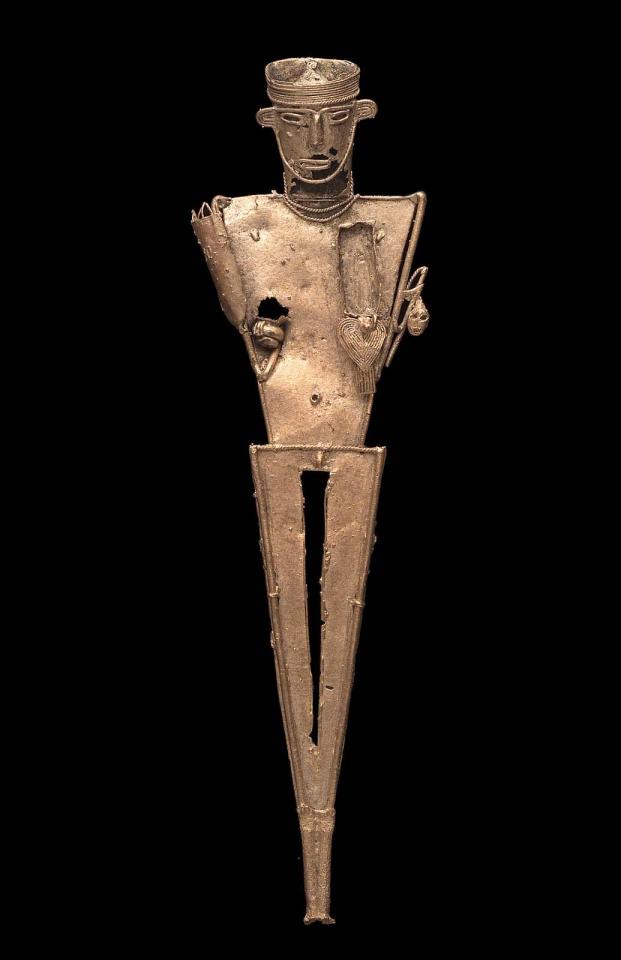
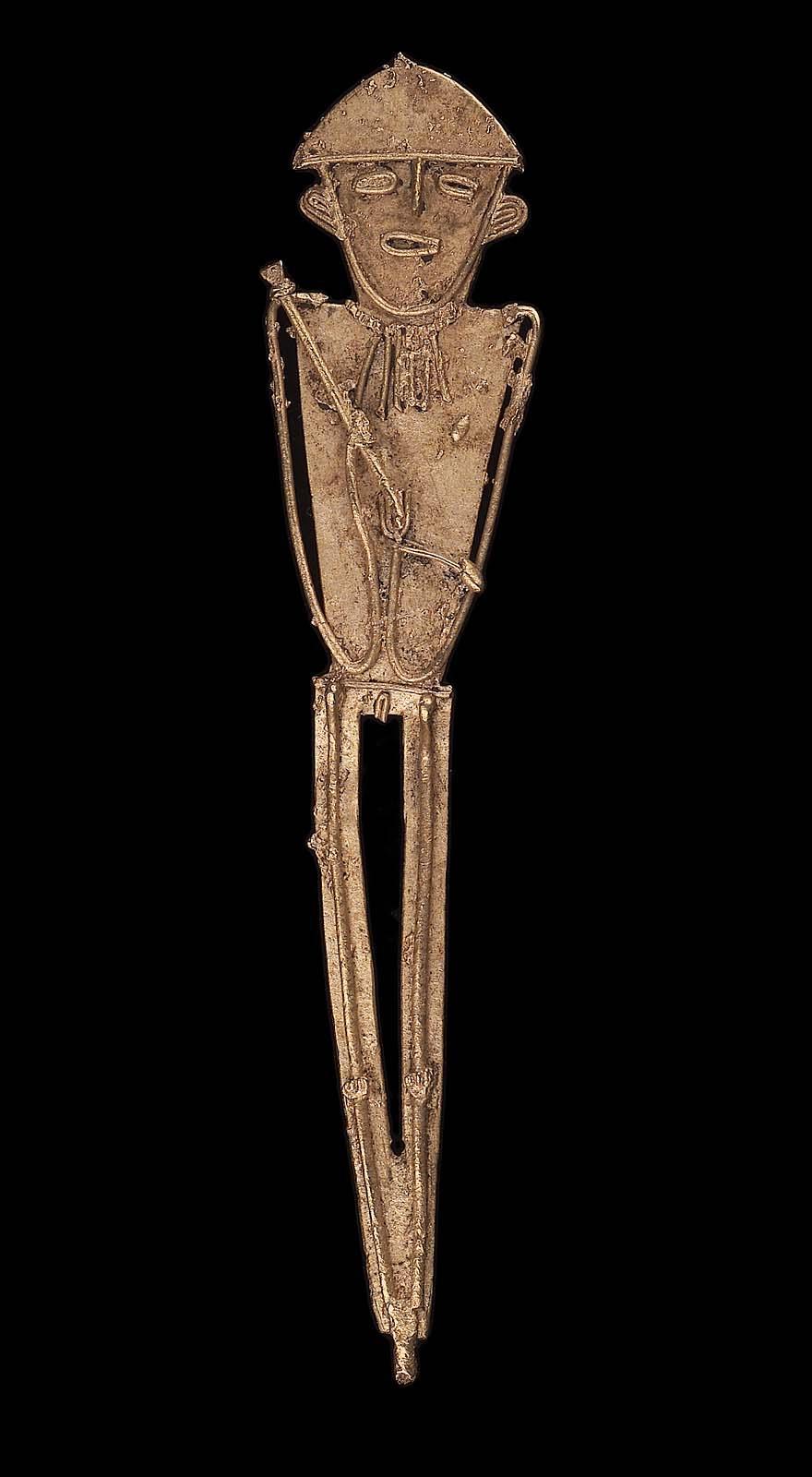
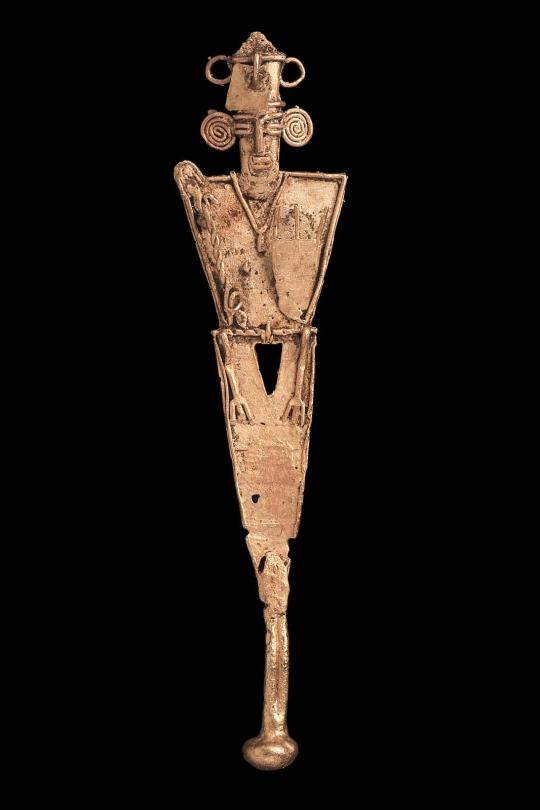
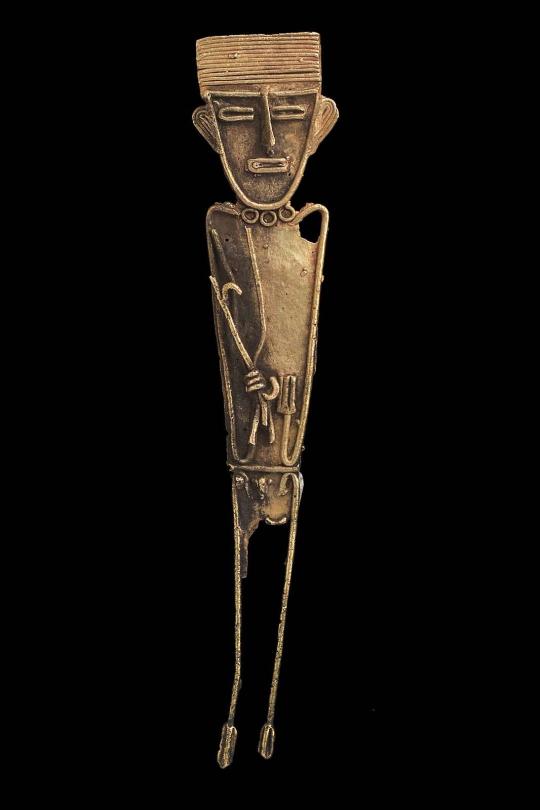
~ Male Effigy Cache Figure.
Culture: Muisca
Date: A.D. 1100–1550
Place of Origin: Departments of Cundinamarca & Boyacá, Colombia
Medium: Gold and copper alloy
#history#museum#archeology#archaeology#12th century#16th century#muisca#colombian#colombia#south america#Cundinamarca#boyaca#male effigy cache figure#male effigy#effigy#a.d. 1100#a.d. 1550
455 notes
·
View notes
Text



Midsommar
Pen and ink on Arches paper
5.25 in x 6.5 in (Framed)
For sale here: ko-fi.com/s/68fe782954
326 notes
·
View notes
Text
500-year-old Snake Figure from Peru (Incan Empire), c. 1450-1532 CE: this fiber craft snake was made from cotton and camelid hair, and it has a total length of 86.4cm (about 34in)

This piece was crafted by shaping a cotton core into the basic form of a snake and then wrapping it in structural cords. Colorful threads were then used to create the surface pattern, producing a zig-zag design that covers most of the snake's body. Some of its facial features were also decorated with embroidery.
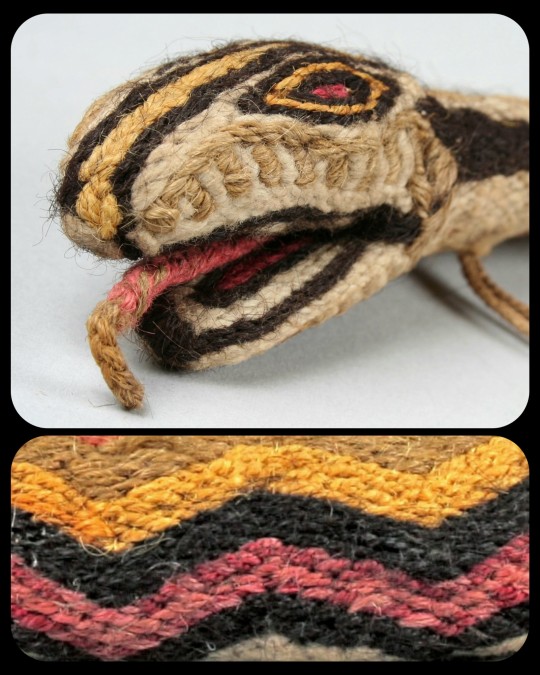
A double-braided rope is attached to the distal end of the snake's body, near the tip of its tail, and another rope is attached along the ventral side, where it forms a small loop just behind the snake's lower jaw. Similar features have been found in other serpentine figures from the same region/time period, suggesting that these objects may have been designed for a common purpose.
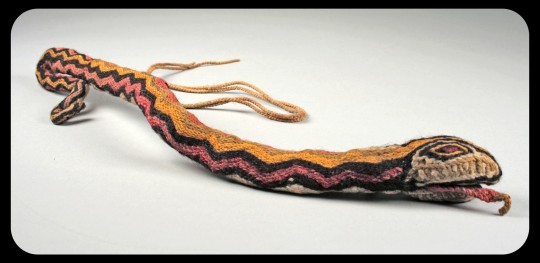
Very little is known about the original function and significance of these artifacts; they may have been created as decorative elements, costume elements, ceremonial props, toys, gifts, grave goods, or simply as pieces of artwork.
The Metropolitan Museum of Art argues that this figure might have been used as a prop during a particular Andean tradition:
In a ritual combat known as ayllar, snakes made of wool were used as projectiles. This effigy snake may have been worn around the neck—a powerful personal adornment of the paramount Inca and his allies—until it was needed as a weapon. The wearer would then grab the cord, swing the snake, and hurl it in the direction of the opponent. The heavy head would propel the figure forward. The simultaneous release of many would produce a scenario of “flying snakes” thrown at enemies.
The same custom is described in an account from a Spanish chronicler named Cristóbal de Albornoz, who referred to the tradition as "the game of the ayllus and the Amaru" ("El juego de los ayllus y el Amaru").
The image below depicts a very similar artifact from the same region/time period.
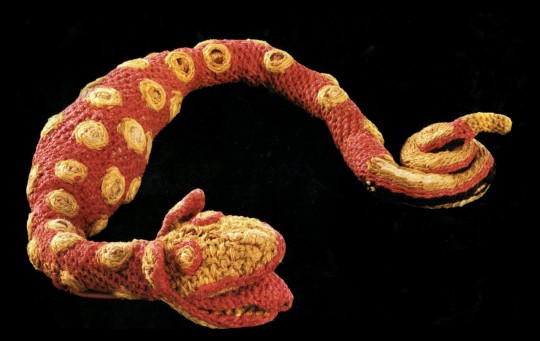
Why Indigenous Artifacts Should be Returned to Indigenous Communities.
Sources & More Info:
Metropolitan Museum of Art: Snake Ornament
Serpent Symbology: Representations of Snakes in Art
Journal de la Société des Américanistes: El Juego de los ayllus y el Amaru
Yale University Art Gallery: Votive Fiber Sculpture of an Anaconda
#artifacts#archaeology#inca#peru#anthropology#fiber crafts#americas#pre-columbian#andes#south america#art#snake#effigy#textiles#textile art#embroidery#history#stem stitch#serpent#amaru#mythology#andean lore#fiber art#incan empire#indigenous art#repatriation#middle ages#flying snakes tho
277 notes
·
View notes
Text

Dont look at me

here is the stinker in game for anyone curios
#Im sorry for liking creatures of sonaria again. Yes this is your problem too niw#jungleart#oc#furry#furry art#fursona#creatures of sonaria#vorpalus#cos#effigy
184 notes
·
View notes
Photo



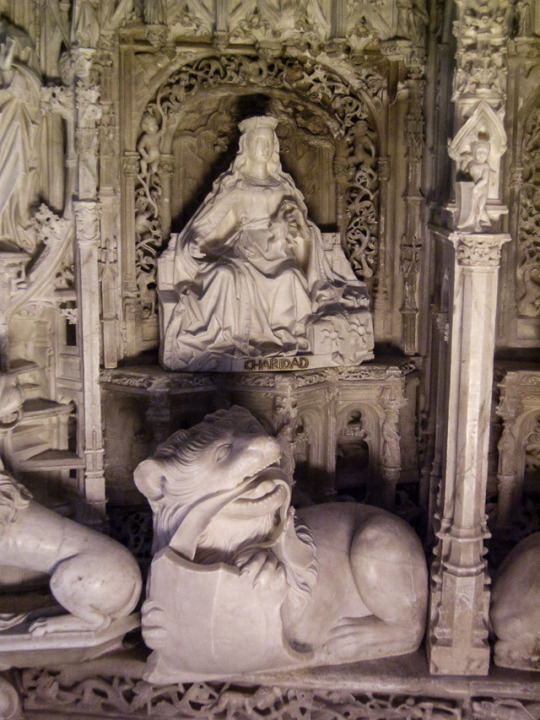

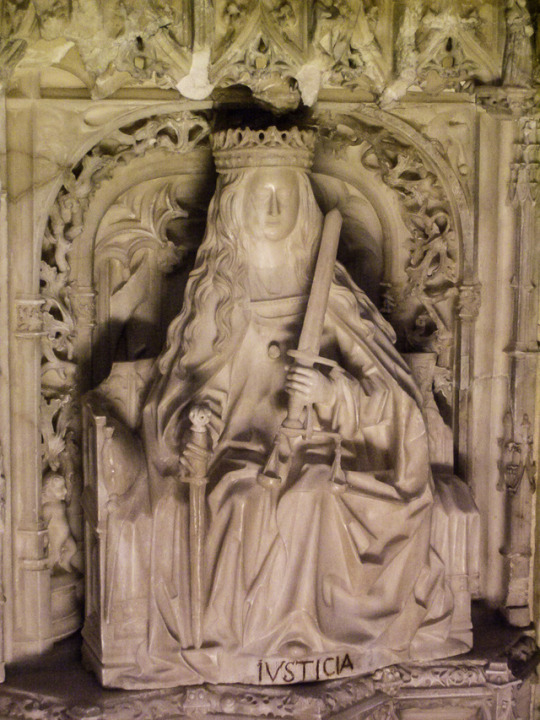

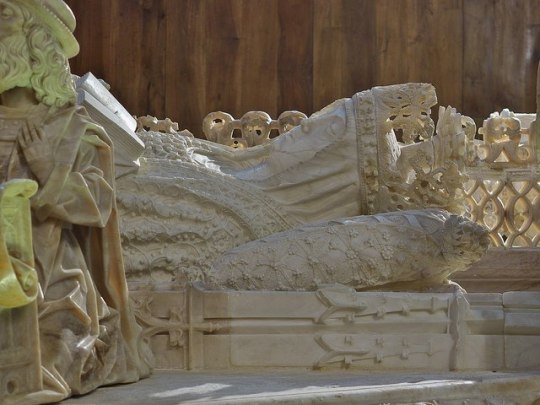

Tomb of Isabel de Portugal, Queen of Castille in Cartuja de Miraflores, Burgos; Made by Gil de Siloé, 1490s
#Gil de Siloe#1490s#15th century#15th c. sculpture#tomb#effigy#spain#castille#15th c. spain#mdpsculpture#sculpture
495 notes
·
View notes
Text
Some details from the effigy of Sir William Wilcote (1411)




Mostly hoarding these for his livery collar.
113 notes
·
View notes
Text

old effigy drawing
126 notes
·
View notes
Text
Happy #InternationalDayOfTheSeal ! 🦭

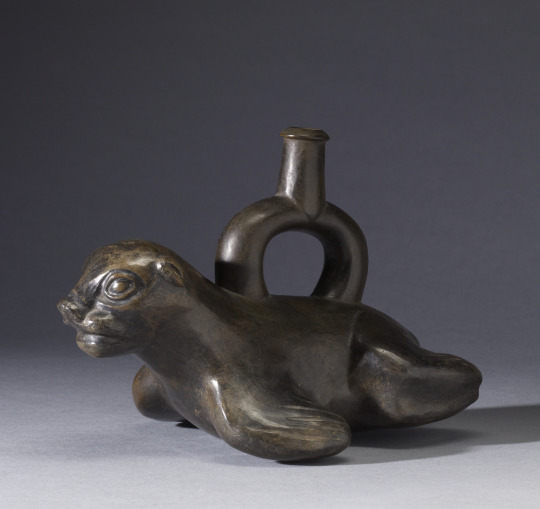
Sea Lion Effigy Stirrup Vessel
Moche, Peru, 50-800 CE (Early Intermediate-Middle Horizon)
Earthenware (Blackware), H: 6 1/4 x W: 9 1/2 x D: 6 1/4 in. (15.9 x 24.1 x 15.9 cm)
The Walters Art Museum 48.2842 https://art.thewalters.org/detail/79387/seal-effigy-stirrup-vessel/
“This vessel shows a swimming sea lion, an animal commonly found on islands in the Pacific Ocean close to Peru. Apart from being an important source of food for Andean people, sea lions commonly swallow beach pebbles, which they later vomit up. These stones were considered to have powerful medicinal qualities, and could be ground to make herbal remedies in ancient Peru.”
🆔 South American Sea Lion (Otaria byronia)
#animals in art#animal holiday#ancient art#Moche art#Peruvian art#South American art#Indigenous art#ceramics#blackware#effigy#stirrup vessel#seal sea lion#Walters Art Museum#International Day of the Seal#species ID
191 notes
·
View notes
Text
Interim 1: Limbo between lives


Yeeeah… That's not food poisoning Okita
Reminder that these interim comics are a lot shorter, and are meant to portray mostly another characters POV during roughly the same time as the previous comic.
Previous main comic
Next main comic [check pinned post for updates]
#species 150#S150GAL#comic#interim comic#mewtwo#pokemon#Okita#Effigy#Mew#Rachael Lyn#art#art progression#trainer OC
147 notes
·
View notes
Text
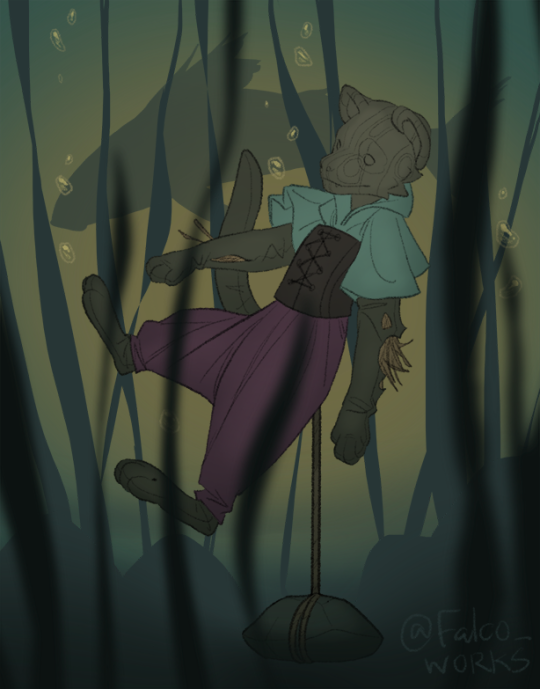
Day 26 -- Effigy
Among the superstitious of Stag's Run, the act of throwing a representation of oneself into a body of water was thought to prevent waterborne catastrophes from befalling travelers. These 'drowning dolls' were often sold in seaside towns as macabre souvenirs.
192 notes
·
View notes
Text


The long goodbye - Canada's 2023 coins still bore the Queen's image
#Queen Elizabeth II#Royal Canadian Mint#1 dollar coin#loonie#monarchy#coinage#currency#effigy#1952 - 2022#2023
55 notes
·
View notes
Text

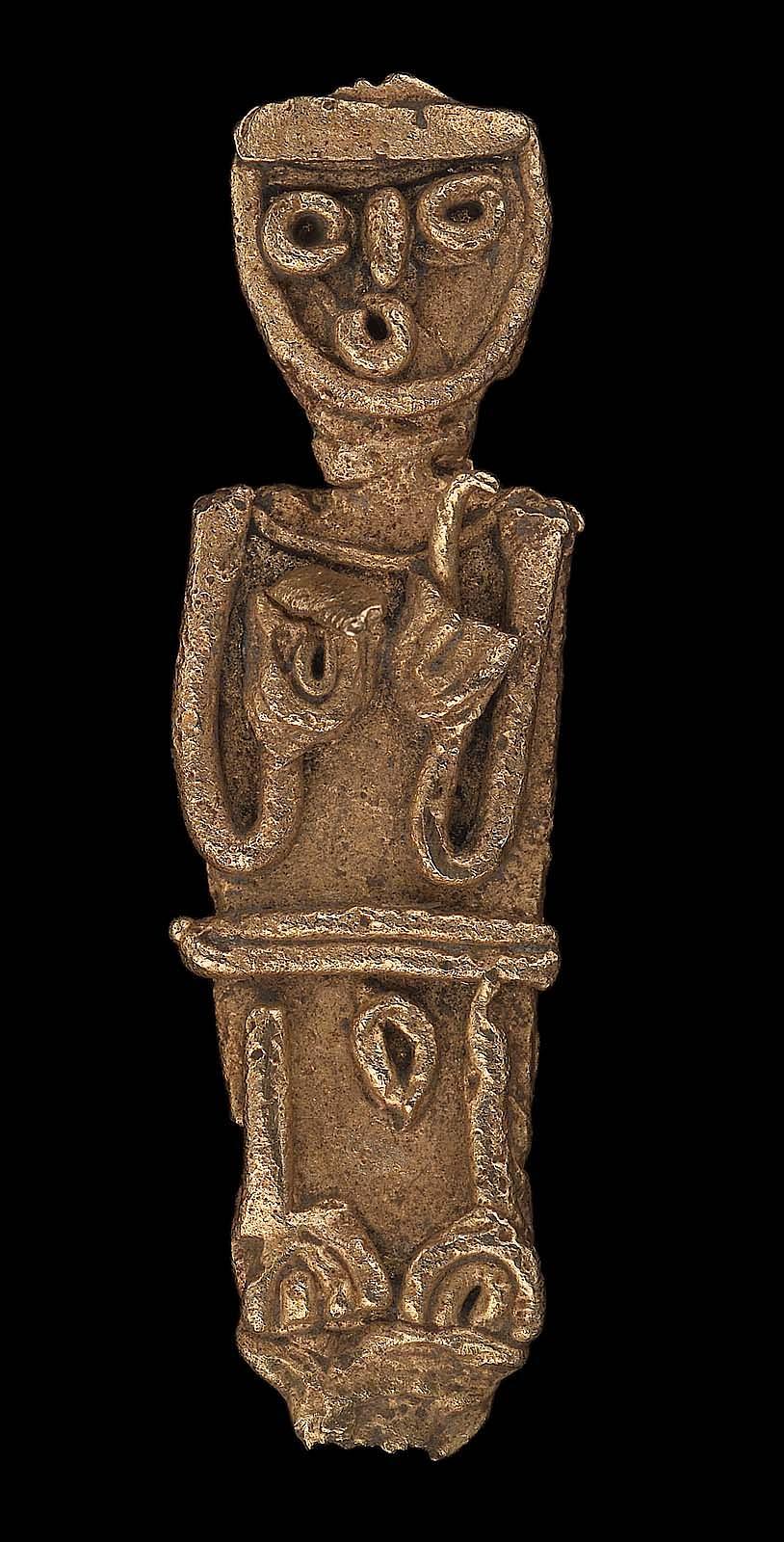

~ Female effigy cache figure.
Culture: Muisca
Date: A.D. 1100–1550
Place of Origin: Departments of Cundinamarca & Boyacá, Colombia
Medium: Gold and copper alloy
#history#museum#archeology#archaeology#12th century#16th century#female#female effigy cache figure#effigy#latin america#latinoamerica#colombia#gold#muisca#a.d. 1100#a.d. 1550
476 notes
·
View notes
Text


aabon35
#eagle#threat#x#ia#new#http://aabon35.blogspot.com ⚫️ http://arubio28814.blogspot.com#aabon35#ai#bard#bad#adventure#go#trance#pitfall#occasion#food#program#image#emblem#figure#effigy#personification#incarnation#painting#drawing#nice#hair
35 notes
·
View notes
Text





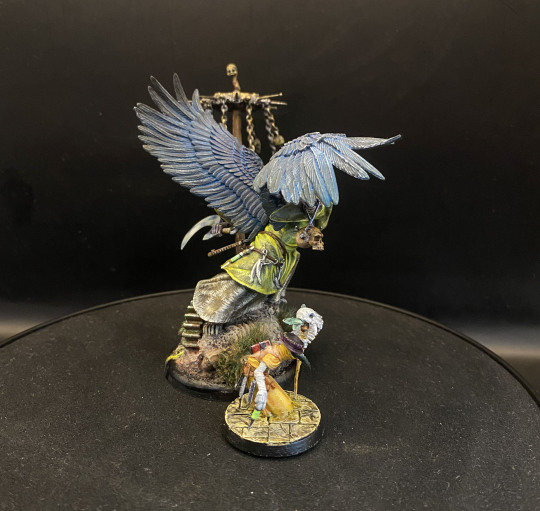




MALIFAUX: CARRION FATE
CARRION EFFIGY AND CARRION EMISSARY
#TTRPG#RPG#TabletopRoleplayingGames#Miniatures#FantasyRoleplay#Miniaturepainting#Paintedminis#Paintedminiatures#Malifaux#Roleplay#Tabletopgames#Tabletoproleplayinggames#malifaux#warhammer#art#hobby#miniature#painting#paintingminiatures#tabletop#game#хобби#фигура#увлечение#Community#CARRION#FATE#EFFIGY#EMISSARY#CARRIONFATE
36 notes
·
View notes
Text
Connor trying out some new sensations~
A quick fanart for The Clever Magpie's fanfic 'Effigy' !! 💙
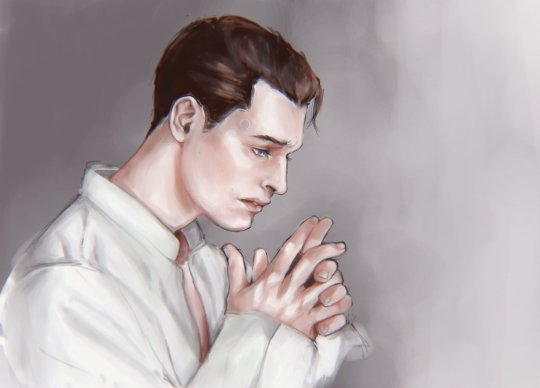
As for why he's doing it and why his eyes are not brown, you can find out from the fanfic: https://archiveofourown.org/works/28420686/chapters/69642906
.
#connor detroit#connor detroit become human#connor rk800#dbh#dbh connor#detroit become human#rk800#rk900#dbh rk900#connor rk900#effigy#fanfic#fanart
127 notes
·
View notes
Text

Effigy depicting Anna of Poland, Countess of Celje (died 1425)
#15th century#effigy#sculpture#15th c. sculpture#Bohemia#15th c. bohemia#holy roman empire#15th c. holy Roman Empire#early 15th century#mdpsculpture#1420s#medieval
141 notes
·
View notes